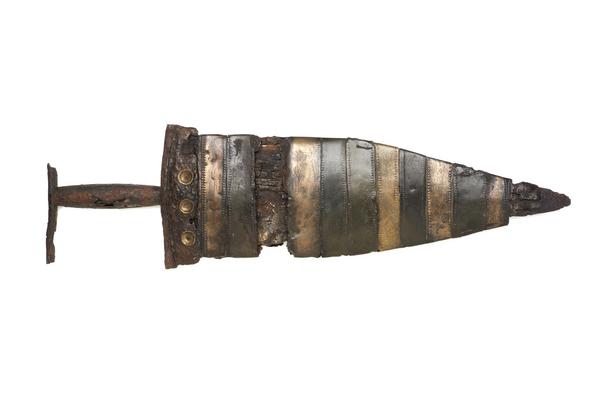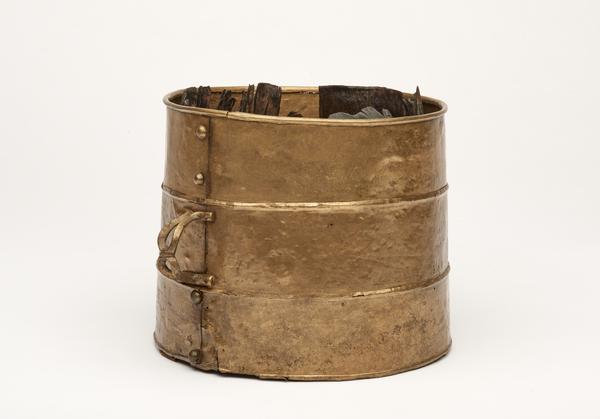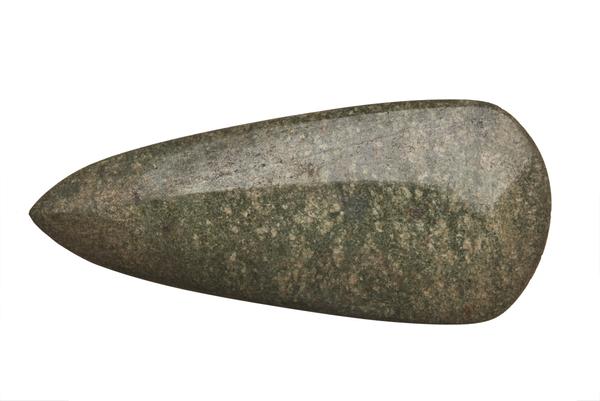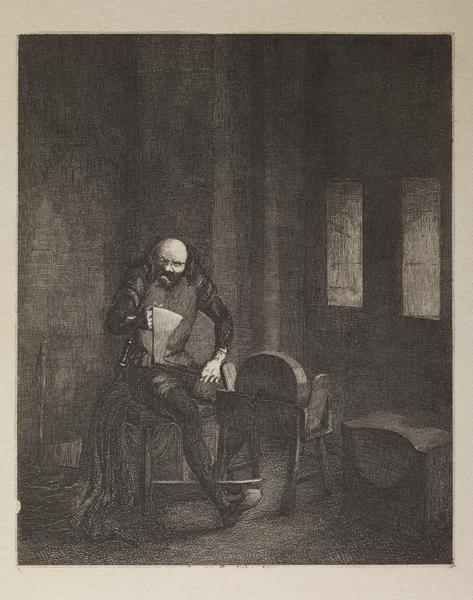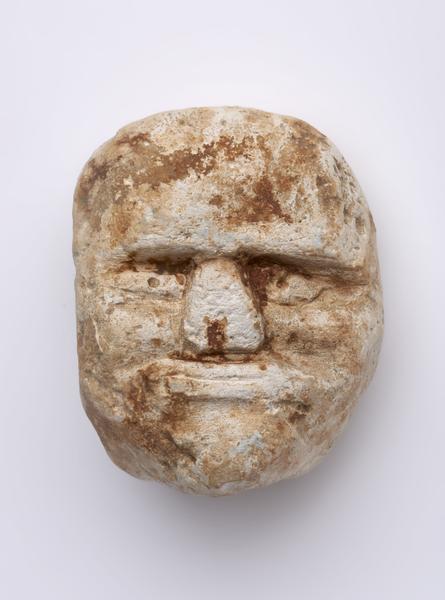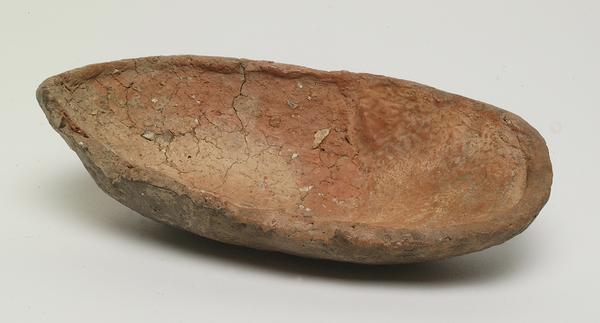The Havering Hoard
The Havering Hoard is a collection of 453 metal items unearthed during a dig in 2018. It’s the largest Bronze Age hoard ever found in London.
Wennington, east London
900–800 BCE

Axes discovered in the Havering Hoard.
453 tantalising clues to Bronze Age life
This huge discovery turned up in a field in Wennington, east London, late on a Friday afternoon, as archaeologists checked the area before a quarrying operation began.
The metal objects they found – axes, tools, swords and more – had been buried deliberately, roughly 3,000 years ago. They’re now part of our collection at London Museum.

Agricultural tools found in the Havering Hoard, alongside complete examples from our collection.
“86% of the finds were axes or axe fragments”
What’s in the hoard?
453 objects were found, all made of metal. Most had been broken into fragments. This was probably to make them easier to melt down and mould into new objects. It could mean the hoard was owned by a metalworker.
The objects were all made during the Bronze Age, between 900 and 800 BCE. They include tools, weapons, fixtures and fittings, ornaments and copper ingots.
Some of the objects come from well beyond London, even as far away as the Alps. They may have been traded, or belonged to a traveller.
There are swords, spearheads, chisels, a razor and bracelets. But 86% of the finds were axes or axe fragments.
The axe was the essential tool of the Bronze Age because it allowed you to cut and shape wood – for fuel, construction and making other tools.

This x-ray of an axe from the hoard shows a very thin blade, evidence that it had been used and sharpened many times.
Where was it found?
The hoard was discovered in a field in Wennington, not far from the River Thames, in the borough of Havering, east London.
The objects had been buried inside a ditch which ran around a small Bronze Age settlement, known as an enclosure.
The archaeologists suspected they’d find something here, as aerial photographs from the 1960s showed the marks left by the ditch which surrounded the settlement.
Why were so many items in one place?
We don’t know exactly why, but lots of people at this time buried metal items together in this way. Hoards from the Bronze Age have been found across most of Britain, and also across Europe.

Map showing the Bronze Age hoards which have been reported to the Portable Antiquities Scheme in England and Wales.
Collections of items like this are only called a hoard if they’ve been buried deliberately. They’re often hidden in a secret location.
The objects in the Havering Hoard were carefully packed in straw – some of which still survives – placed in the ground and never retrieved. They lay there for thousands of years until archaeologists dug them up.
Four theories for the hoard
It’s possible the objects were buried because bronze had become less valuable. Towards the end of the Bronze Age, around 700 BCE, iron became more popular – this was the start of the transition to the Iron Age.
Another theory is that someone was trying to stockpile bronze to control the local supply.
Or perhaps this was just the store of a travelling metalworker. For all three of these theories, it’s still not clear why the hoard was never dug up again.
It’s also possible the metal was buried as an offering to the sun. The sun and its movement through the seasons was central to life in the Bronze Age. The enclosure where the hoard was found faces east, towards the rising sun.
What do we know about the people who lived there?
The living area surrounded by the ditch was probably home to one family.
These people lived during the British Bronze Age, a long period of time characterised by the first use of the metal bronze. It runs from around 2,200 BCE to 700 BCE.
London didn’t exist then – this area of Havering was marshy and scattered with small settlements, enclosures and fields where animals were kept.
Trade and farming brought wealth into the River Thames valley and during the late Bronze Age some individuals became more powerful. They displayed this power with valuable objects like the swords and spears found in this hoard.


